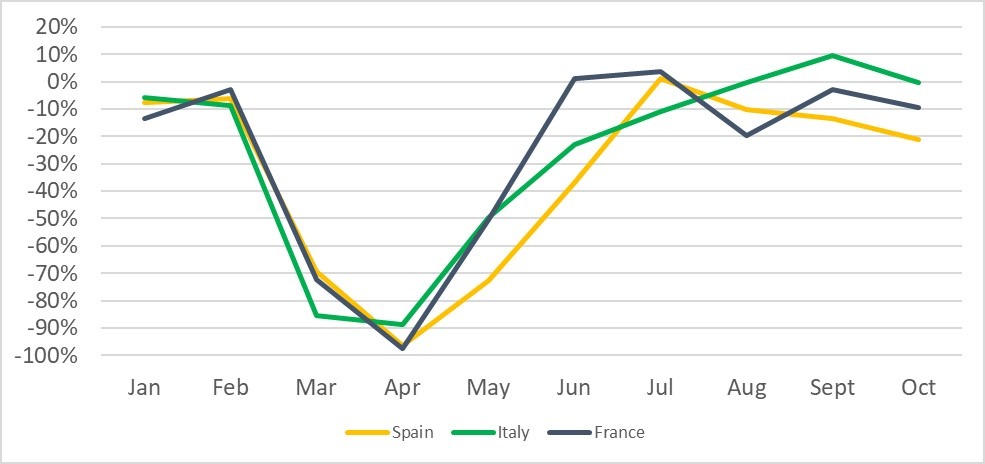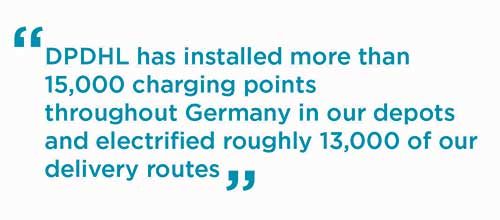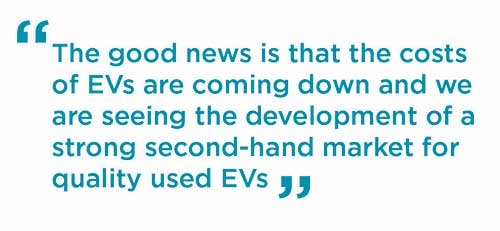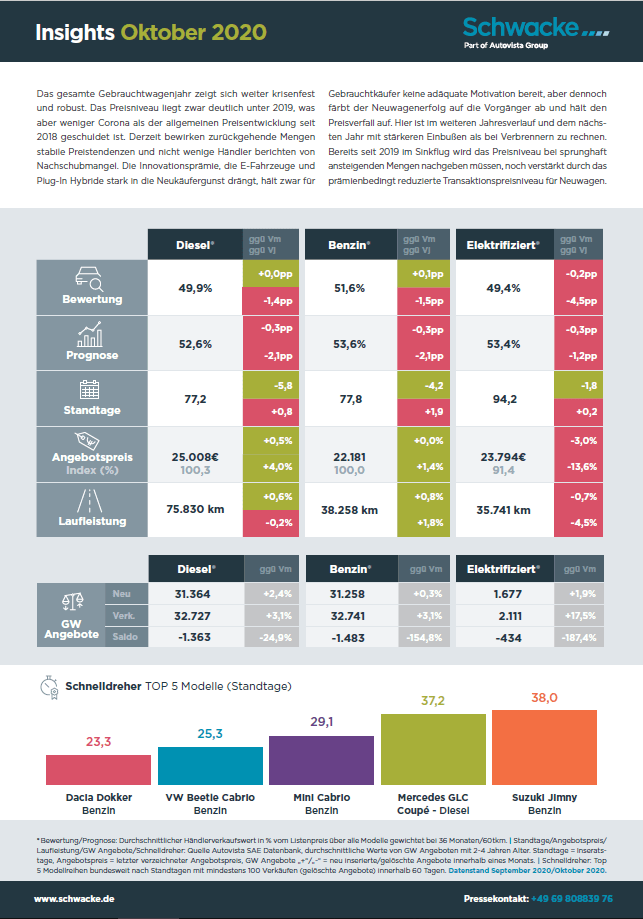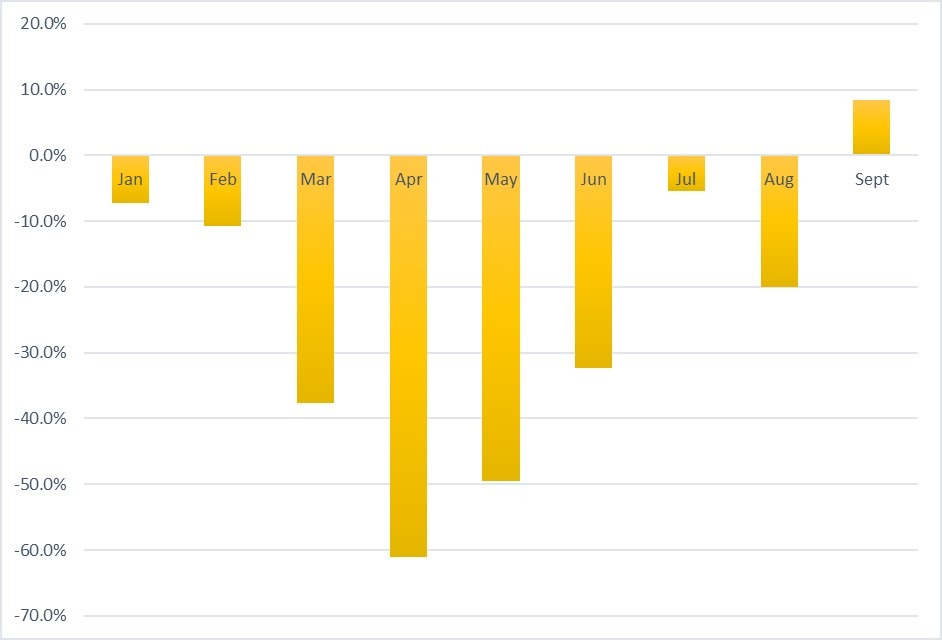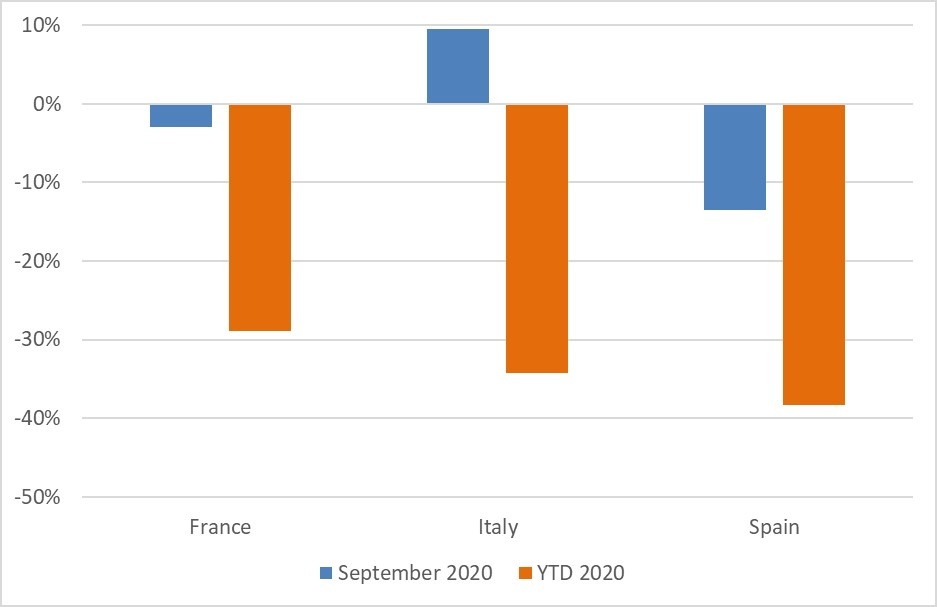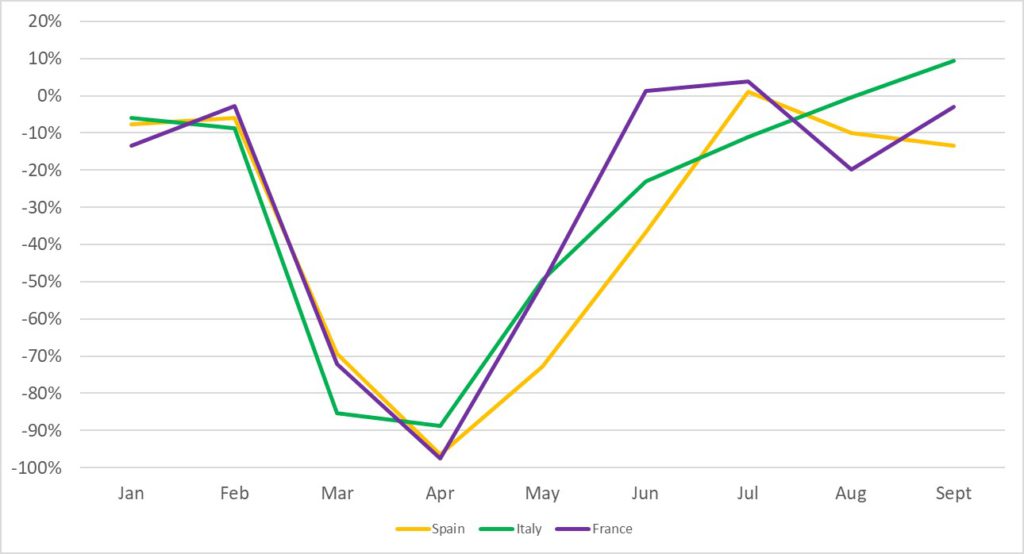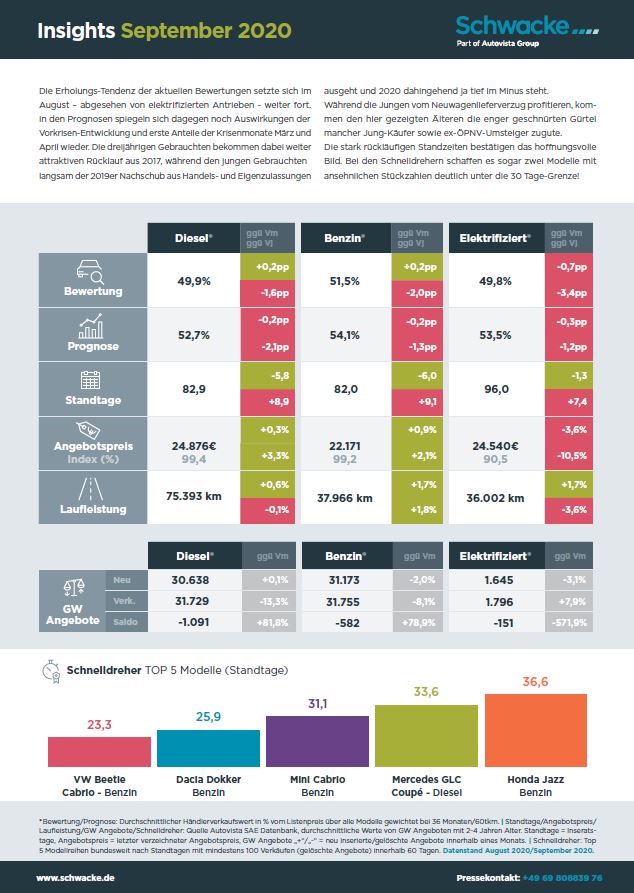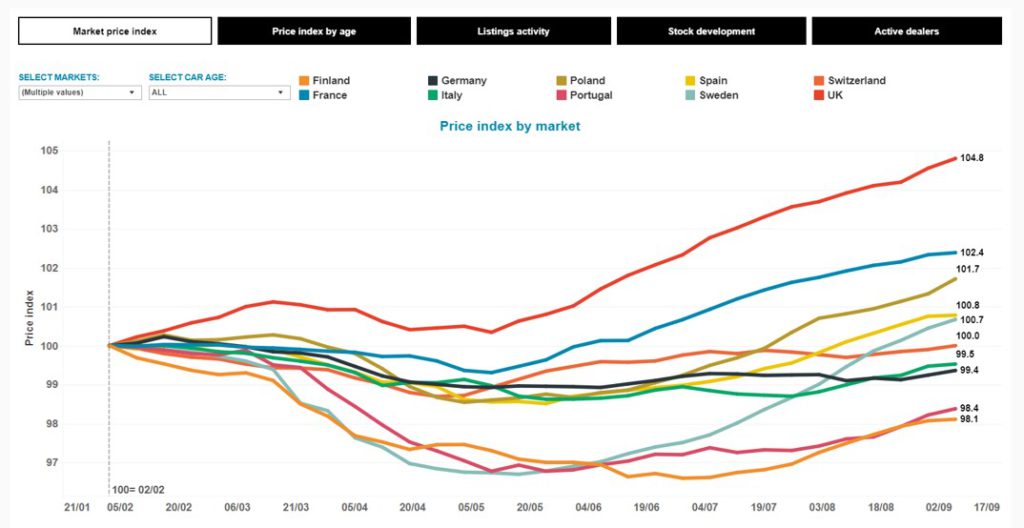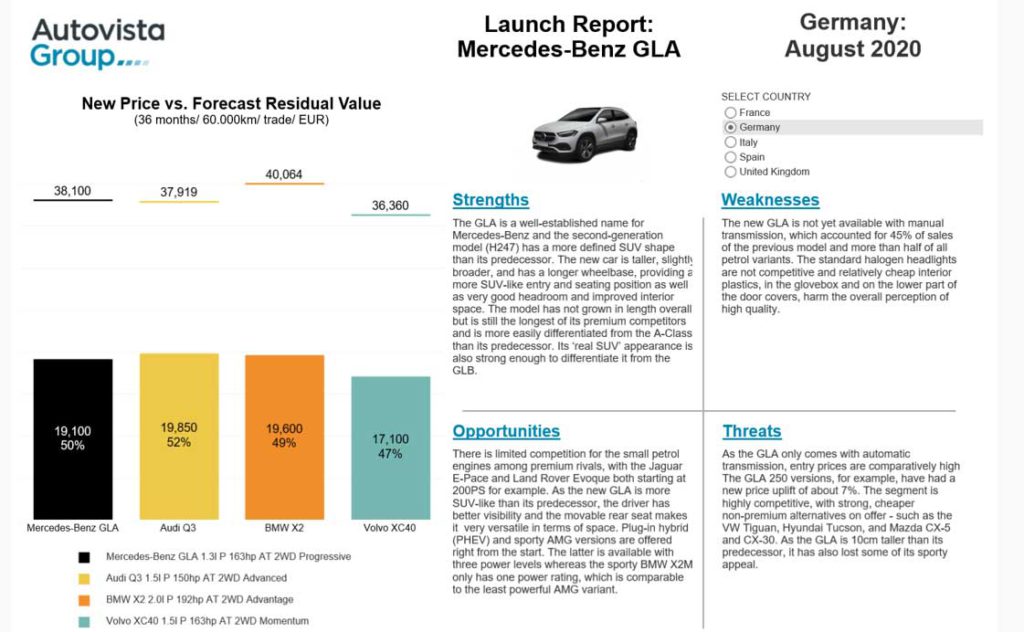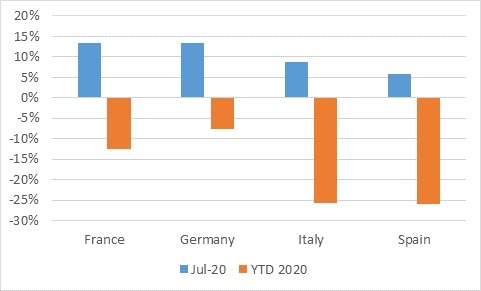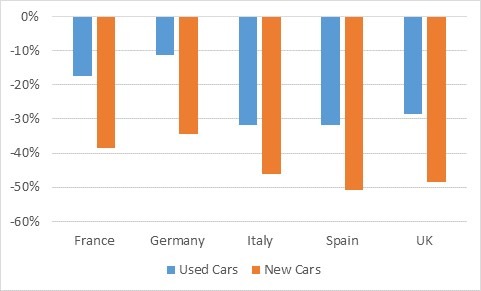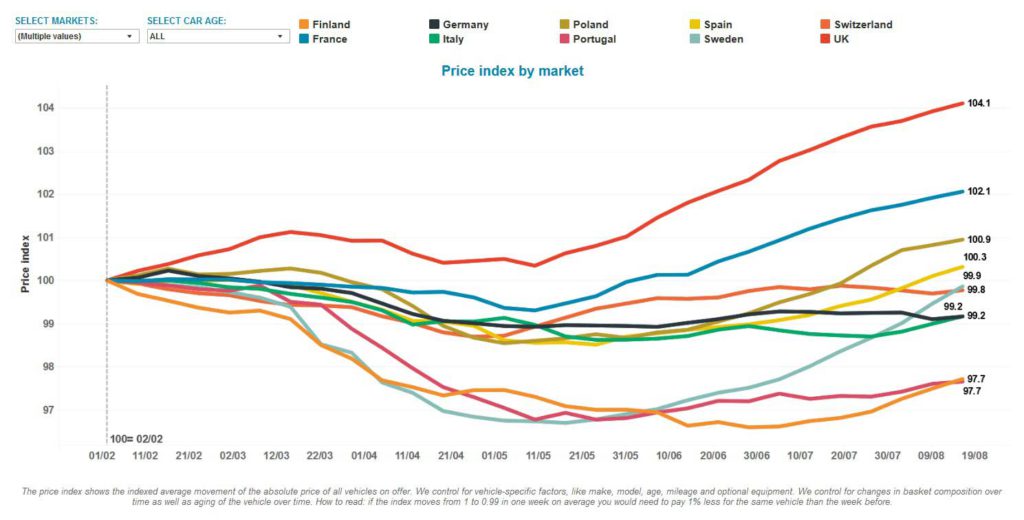As carmakers look to reduce their average CO2 emissions, many are collaborating in pools to spread their figures across a wider fleet. Autovista Group Daily Brief editor Phil Curry explains the benefits…
To get notifications for all the latest videos, you can subscribe for free to the Autovista Group Daily Brief YouTube channel. There you will find videos on a range of subjects including autonomous vehicles, new-car registrations, safety systems, and electrification.

 Schließen
Schließen